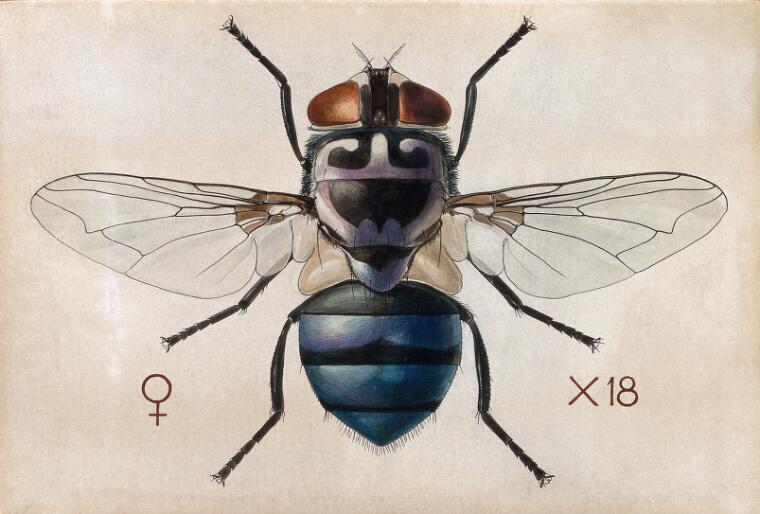Autopsies, or post-mortems as they are known in Scotland, are generally carried out to establish the cause of death if someone has died in unexplained or suspicious circumstances. Sometimes it is fairly obvious, owing to evidence of injuries or signs of disease. However, sometimes a little extra help is needed, and animals can provide clues as to the nature of a person’s death in some rather unexpected ways.
Medieval Chickens
Due to religious ideas about the body and resurrection, autopsies were very rarely carried out during the medieval period. However, in 1286, an unknown disease swept across Italy, and the authorities granted rare permission to carry out an autopsy on one of the unfortunate victims.
Noticing that local chickens seemed to be suffering from similar symptoms, a doctor dissected the birds and noticed strange abscesses on their hearts. Comparing them to the heart taken from the autopsy, a link was successfully established between infected chickens and the unknown disease. It was quickly advised that neither the chickens nor their eggs should be consumed.
Flies and Maggots
Maggots are also used frequently during autopsy examinations, especially in cases where the death is suspicious. Usually, larvae from various species of flies such as blow flies and bluebottles are used to give an indication of time of death. The oldest maggots can indicate when a body was first populated with the larvae, giving an idea of how long they have been dead. The first successful use of this technique, known as forensic entomology, was used in the UK in 1935 during the famous Buck Ruxton case, where the technique was used to give an accurate time of death for two female murder victims.

Tampering with Evidence
Other animals, however, are not so helpful. If a corpse is left exposed, it can often be mutilated by scavenging animals. Even in a domestic setting, cats, dogs and other pets can cause wounds or more serious damage to a cadaver if they have no other food source. In some cases, a corpse has been entirely consumed by hungry pets, destroying vital evidence that may have been on the body. Rats can cause particular problems. During one case in 2002, lesions on two victims’ hands which had initially been interpreted as defensive wounds were actually found to have been caused by rats. Birds can also be a nuisance; their tendency to remove the eyes from cadavers can make identification exponentially more difficult.
Future Forensics
With the advent of new technologies, invasive autopsies are becoming less and less common. Technologies such as MRI scanning can highlight internal injuries and diseases without ever having to open the cadaver. Since 1999, virtual autopsies have been the standard practice in Switzerland, where 3D models are used to investigate wounds and decomposition. Thankfully chickens don’t tend to play much of a role in modern autopsies. As of yet, however, no replacement has been found for the maggots.
Sources and Further Reading
Hartnell, J., Medieval Bodies: Life, Death, and Art in the Middle Ages, (London, 2019)
https://en.wikipedia.org/wiki/Buck_Ruxton#Autopsies
https://medicalfuturist.com/tracing-the-future-of-forensic-medicine/